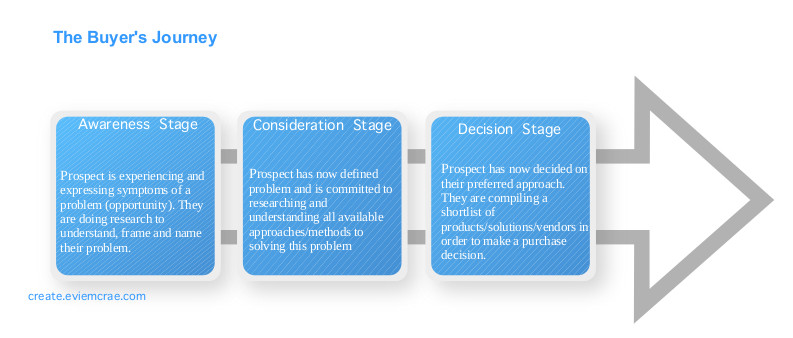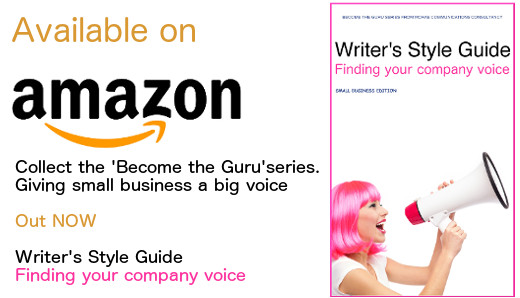![]() Well, I thought I’d give you a break from Branding this week to take a look at a topic that can be somewhat fraught in the Marcomms office. The Case Study!
Well, I thought I’d give you a break from Branding this week to take a look at a topic that can be somewhat fraught in the Marcomms office. The Case Study!
Case studies, or success stories if you prefer, are among the most effective tools available in the Marcomms armoury, yet they are yet most misunderstood and misapplied of all the deliverables.
When presented properly, the power of the case study is hard to beat. They provide a structured problem and solution format that provide context, situation and challenges that the prospect can understand. Case studies also supply insight into how a problem was solved, paving the way for the solution and measures of success.
However, case studies are often applied incorrectly, and almost always used too early.
This is normally an issue when an organisation does not have the full complement of collateral at its disposal. If case studies are all you’ve got, then, of course, it’s only natural that’s what you are going to reach for. But here’s the thing. As a general rule, Case studies are closing tools best used right at the end of the buying cycle during the ‘Decision’ stage.
There is an exception of course. If you have the full suite of strategically mapped collateral, you may have smaller case studies to nudge buyers along the various stages of the buyer’s journey, but this very much depends on the industry. If you are providing a service that provides a competitive edge (say a software firm), then your client may not want to others to know about the solution you provide. In those scenarios, Case Studies are the Holy Grail.
Success all mapped out
All that said, as any experienced marketing communications professional will tell you, it’s imperative to understand the buyer’s journey before commencing on an effective, targeted, strategic end-to-end communications solution (which will, in most scenarios, include case studies).
The path to purchase (or buyer’s journey) is the active process a buyer goes through before buying a product/service. There are many models illustrating far more evolved ‘Journeys’ but for our purposes, we will stick to this simplistic model.
The diagram above highlights the opportunity for an ongoing conversation throughout the customer/consumer lifestyle, so you need to make sure that conversation has a two-way dialogue. And not just any old dialogue that you care to send their way – it has to be the right dialogue at the right time.
Why is it so important to understand?
To be blunt, creating ‘content’ and blindly sending it to anyone you can think of is a waste of resources– until you’ve mapped each stage of that journey. Specific content is more relevant to buyer’s at specific times during ‘the buyer’s journey’. This means you need to understand where your customers are in their decision-making process, and if you have segmented lists/automated marketing processes in place to respond appropriately, so much the better.
Can’t we just stick them on the website?
Buyers begin to visit your website early on in their journey. New visitors to your website are at the ‘Awareness’ – information gathering stage. Your customers want the information they need to understand their problem. It may even help them identify that they have a problem. At this stage give your new visitors White Papers, educational content or ensure your website directs them to social media or blog posts.
This is not the place for boring technical descriptions about your software or endless details about your processes, nor is it the place for your full-length case studies. It’s quite permissible to have quotes from your case study or testimonials or a shortened ‘teaser’ version of your case study. Instead of just giving away all your goods up front, include a Call To Action that links to the case study on your website. This way you will be able to enter into a dialogue with your prospect and find the case study that best mirrors their needs.
Your website should be inspiring. The information provided should be short and snappy. Make it emotive. People don’t read content on a website, in the same way, they do the printed word.
Case studies are not meant to inspire – they are meant to reassure/reaffirm your customer’s buying decision. Perhaps they are having guilt/doubt about their purchase. This is when you can reassure them that someone else who had their problem found your solution to be effective.
Case studies are an invaluable asset when it comes to establishing proof that what you’re offering is valuable and of good quality. If you’ve already thrown every piece of literature at them that you can think of then you’ll have nothing left. So trust me, keep your powder dry and bring out the big guns when you need them.
Evie McRae provides useful information and handy resources for students of marketing communications. If you would like further information on how the Buyer’s Journey has evolved, or you would like a comprehensive map of deliverables, you can contact Evie at info@eviemcrae.com or visit her website at create.eviemcrae.com
 Send to Kindle
Send to Kindle



